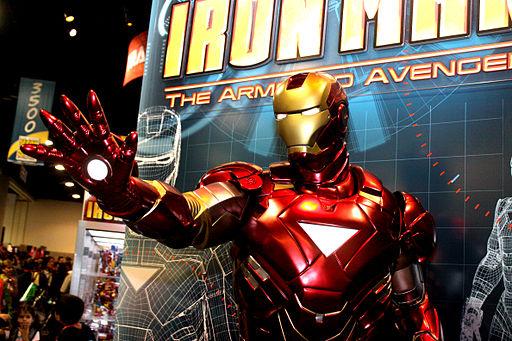
Since the first installment of the blockbuster film franchise Iron Man, comic book geeks and science nerds everywhere have debated the possibility of a suit that allows its wearer to become superhuman. With recent military projects, including drones and artificials limbs, an actual Iron Man suit has become distinct possibility.
Developers have funded bionic exoskeleton technology and are working to create robotic suits which could rehabilitate patients with lower body paralysis. With continued achievements in the field, military interest in these projects has been growing. The Defense Advanced Research Projects Agency (DARPA) has established a project called Warrior Web in the hope of creating an undetectable under-suit for soldiers.
However, there are still major hurdles to overcome before an Iron Man-like suit becomes a possibility. Neurotechnology and battery energy are not yet at an acceptable stage that can be applied to an exoskeleton suit. The connection between the machine and the brain is also a controversial ethical issue, and some worry about blurring the line between being humans and cyborgs.
E. Paul Zher, professor of kinesiology and neuroscience at the University of Victoria, explained, “[The Iron Man suit] is pitched as a brain-machine interface. It is not something you just throw on. It will get its commands directly from your nervous system… basically, you are electrically connected to the suit.”
It seems clear, however, that advances like this are on the horizon. They may also have civilian uses.
Thomas Sugar, bionics expert and associate professor at Arizona State University, stated, “In the next five years we’re going to see more and more exoskeletons out there in practice. If you… want to go out and hike the Grand Canyon, exoskeleton devices 10-15 years from now could assist you to do that.”
While a suit equipped with heavy-range missiles and the power of flight seems like a futuristic impossibility, Iron Man may not be too far away.

